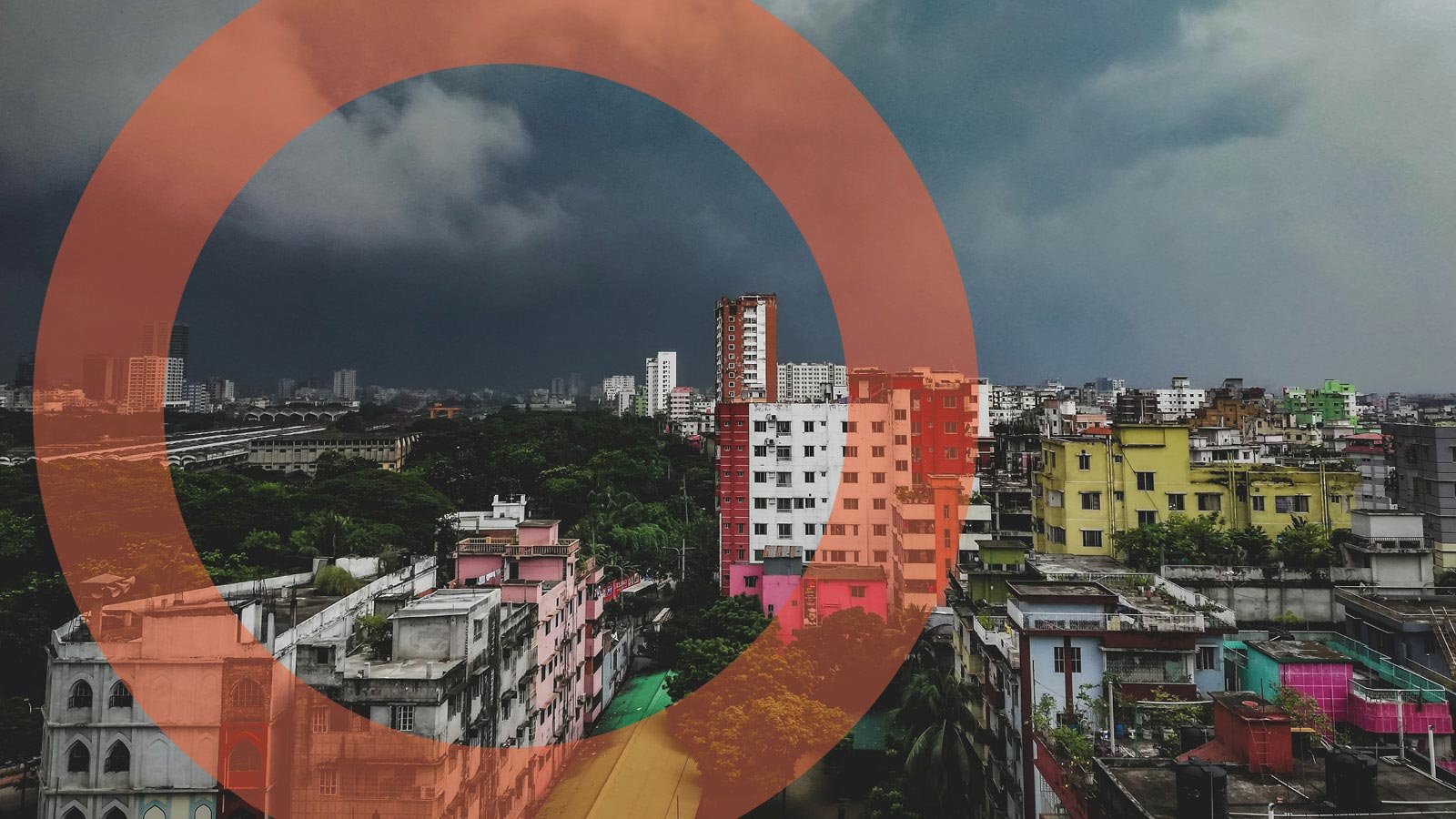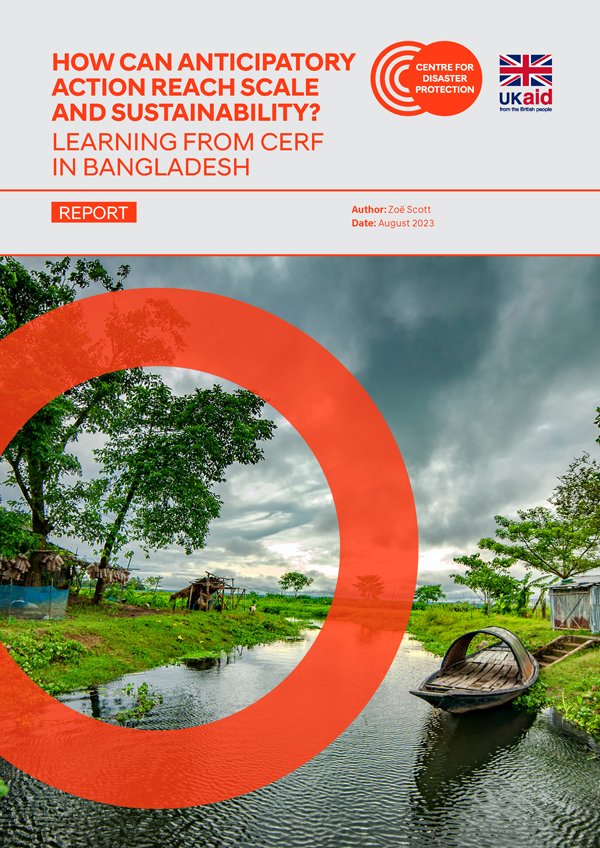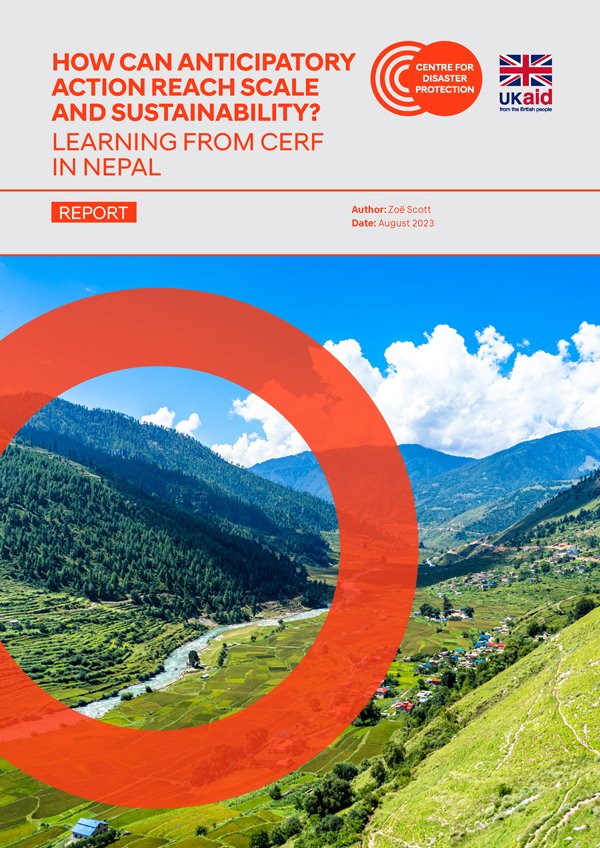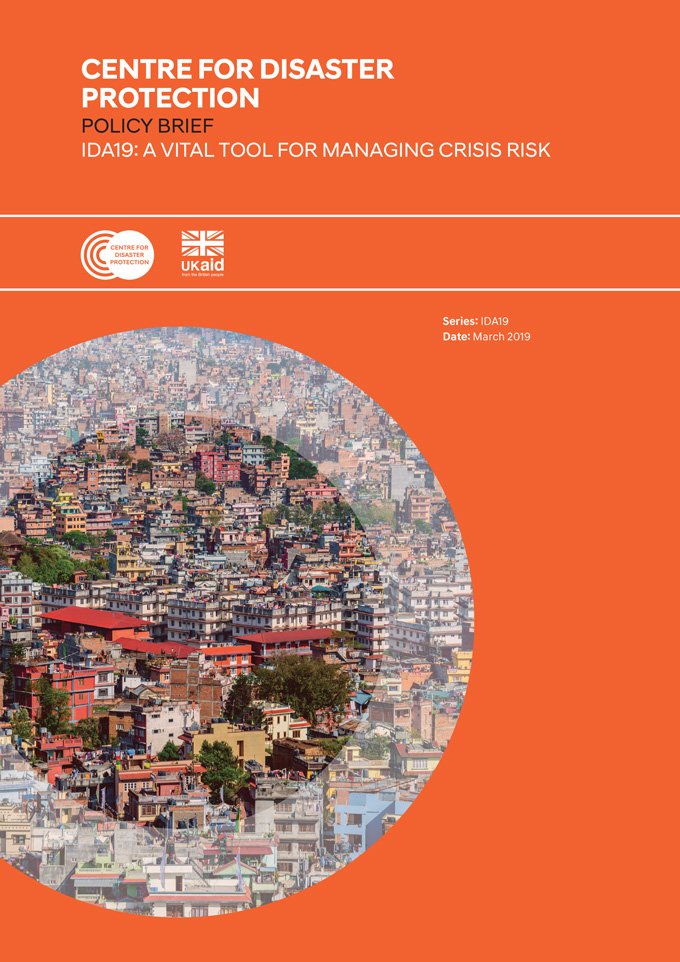
PUBLICATIONS CENTRE

HOW CAN ANTICIPATORY ACTION REACH SCALE AND SUSTAINABILITY? LEARNING FROM CERF IN BANGLADESH
This report captures and builds on learning from the United Nations Office for the Coordination of Humanitarian Affairs (OCHA) anticipatory action pilot in Bangladesh. This is one of a series of pilots that aim to generate further evidence of anticipatory action’s benefits in reducing the impact of foreseeable disasters. The Centre for Disaster Protection has supported OCHA’s learning from these pilots by capturing lessons and benefits that emerge from the process, as well as advising on strategies to monitor and evaluate the short-, medium- and long-term results. This report differs from other learning outputs produced by the Centre as it takes a forward-looking perspective, and focuses primarily on the question of how anticipatory action can reach scale and sustainability in Bangladesh.

HOW CAN ANTICIPATORY ACTION REACH SCALE AND SUSTAINABILITY? LEARNING FROM CERF IN NEPAL
This report captures and builds on learning from the United Nations Office for the Coordination of Humanitarian Affairs (OCHA) anticipatory action pilot in Nepal. This is one of a series of pilots that aim to generate further evidence of anticipatory action’s benefits in reducing the impact of foreseeable disasters. The Centre for Disaster Protection has supported OCHA’s learning from these pilots by capturing lessons and benefits that emerge from the process, as well as advising on strategies to monitor and evaluate the short-, medium- and long-term results. This report differs from other learning outputs produced by the Centre as it takes a forward-looking perspective, and focuses primarily on the question of how anticipatory action can reach scale and sustainability in Nepal.

UN OCHA ANTICIPATORY ACTION. LESSONS FROM THE 2020 SOMALIA PILOT
This report looks at key lessons from the UN Office for the Coordination of Humanitarian Affairs (OCHA) first anticipatory action (AA) pilot for drought in Somalia, designed and endorsed in 2019. The framework triggered in June 2020 based on projected food insecurity due to covid-19, locusts and flooding.

IDA19: A VITAL TOOL IN MANAGING CRISIS RISK
This policy brief draws on the findings of five Discussion Papers in the Centre’s IDA19 Series. Asking how IDA could be strengthened to deliver better results for those living in extreme poverty, it identifies a number of strategic and operational challenges that should be addressed if IDA is to fulfil its potential as a major financier of crisis risk.
